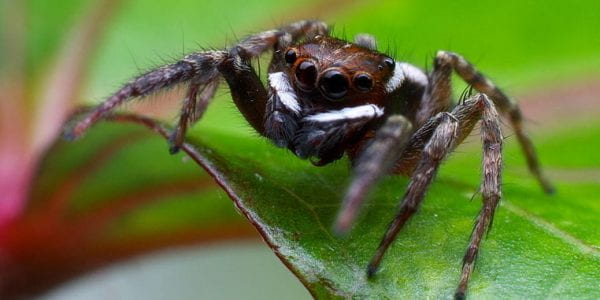Before a species is classified as extinct, there is a chance that it is only extinct in the wild (EW). It will be placed in this classification if researchers/ surveyors are unable to find the species when and where they are expected to [1]. That the species is then either living in captivity, perhaps in zoos or reserves, or outside its usual habitat [1]. Surprisingly, this is the smallest classification amongst the nine red list categories [2], with only 1 more plant species than animals [2]. I personally think that having a species be EW is better than extinct as this means that there is at least a chance for the species to bounce back from its current crisis. The journey to recover one species’ population is not easy one requiring projects like captive breeding, reintroduction into the native habitat, preservation of said habitat, and other regulations are required to ensure that the species does not become EW again.
As doing research for the sustainability project in ENV1101, I came across two species of beautiful tarantulas, the Peacock Tarantula, Poecilotheria metallica, and the Rameshwaram Ornamental, Poecilotheria hanumavilasumica.
( I could not find nice free pictures so I thought videos will work too)
It is shown in IUCN [3][4] that these two spiders are not only critically endangered but, also have a decreasing population trend. Despite that, they are some of the commonly seen tarantulas kept as exotic pets in countries outside their natural habitat in India, inadvertently and sometimes directly causing the falling population trend via illegal collection for the wildlife trade [3][4]. Trade is not, however, the only treat they face. Just like many, many other threatened species, urbanisation and habitat loss is a huge factor. Both spiders’ habitat should be no larger than 100km2 with the Rameshwaram Ornamental has only been found in an area less than 10km2 [3][4]! Singapore is seven times larger than that area [5]!
It is uncertain if there are any habitat conservation plans in place for the Peacock tarantula but for the Rameshwaram Ornamental, it is nearly impossible to have these plans in place as the spider is found in private plantations[4]. As for the trade side, a proposal was raised and accepted in the Convention on International Trade in Endangered Species (CITES) meet last year to put the Poecilotheria genus under Appendix ii [6] [7]. Although I think it is ridiculous to only accept the proposal last year when one was brought up in 2000 [8], I suppose it is better than nothing… What if it is too late though?
Considering that these spiders populations’ were last accessed in 2008, there is a chance that the populations have dwindled below the minimum viable population size, for the Rameshwaram Ornamental, it is simulated to be only 5000 individuals[4]. If they really become EW, it would be likely that a bulk of the remaining spiders will be exotic pets around the world. With the Rameshwaram Ornamental’s habitat being practically uninhabitable, reintroduction to where it was found is likely unfeasible. How about introduction to a neighbouring, similar habitat? It could work if proper evaluations have been done to show that the species will not be invasive and that it can even survive in its new world. Till then, their best chance of survival is to be with the species that pushed them to the brink. Ironic.
References:
- https://www.iucnredlist.org/
- https://www.iucnredlist.org/search
- https://www.iucnredlist.org/species/63563/12681959
- https://www.iucnredlist.org/species/63562/12681695
- https://data.gov.sg/dataset/total-land-area-of-singapore
- https://cites.org/sites/default/files/eng/cop/18/prop/060319/E-CoP18-Prop-46.pdf
- https://cites.org/sites/default/files/eng/cop/18/inf/E-CoP18-Inf-079.pdf
- https://cites.org/sites/default/files/eng/cop/11/prop/52.pdf
- Featured Image by me


Hi Justin,
In this week’s class, we will learn about CITES, but you raise an important point here that I invite you to think about. Many species are proposed as additions to this piece of legislation and many proposals are rejected. There are various reasons for this, and we won’t really cover them in class, but please think about some of the political and practical reasons why proposals fail. ENV2102 will be a good class to dive more deeply into this. I also encourage you to check out Monitor, an NGO that works to stop the trade in less charismatic taxa.
jc
Hi Dr Coleman,
is the Monitor that you are referring to this one? https://www.ngo-monitor.org/
-Justin
Sorry, I didn’t realise that would lead you on a wild goose chase.
I’m talking about this one
https://mcrsociety.org/
The founder and ED used to be the SE Asia director of TRAFFIC